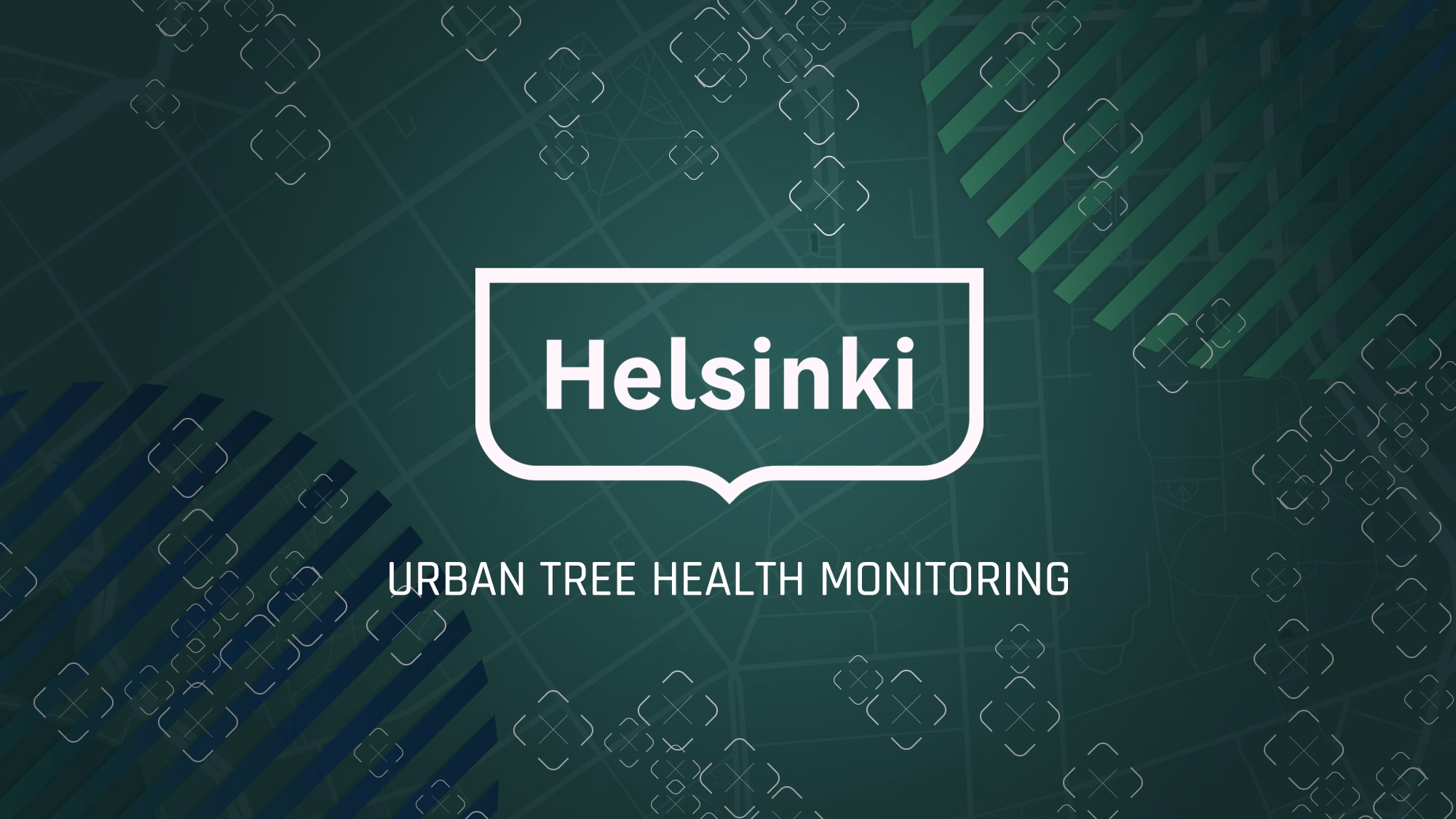NEW METHODS FOR URBAN TREE HEALTH MONITORING

Street trees play a crucial role in urban environments. They provide shade, mitigate heat, improve air quality, and contribute to ecological balance—all while enhancing the aesthetics of cityscapes. However, maintaining their health in the face of climate change and urbanization poses increasing challenges. A recent trial demonstrated that comparing airborne LiDAR data from two different time points enables precise tree growth and health forecasting. This data-driven approach supports proactive tree maintenance planning, including optimizing irrigation, prioritizing care, preventing tree mortality, reducing costly replanting, and contributing to more sustainable tree species selections for the future.
Samuli Junttila, Chief Scientist at KOKO Forest, emphasizes the importance of these advancements: “Due to climate change, prolonged dry and hot periods are intensifying tree stress. Maintaining urban tree vitality is not just about cooling effects—it is also crucial for carbon sequestration and ecological stability.” He highlights that testing the method in a real urban environment was a key part of product development. The trial was conducted in close collaboration with the City of Helsinki, providing KOKO Forest with valuable insights. “The trial was a great success! We developed a novel method for monitoring street tree health by integrating scientific knowledge of tree physiology with Helsinki’s open spatial data,” Junttila adds. With strong potential for scaling and automation, the method could transform urban forestry management.
Mikko Martikka, Senior Innovation Planner at Business Helsinki, sees multiple applications for this smart forestry analytics approach: “The insights from this trial could be extended to park trees and forest management. The city can also leverage the data for carbon sequestration assessment and stormwater management planning. While trials do not automatically lead to procurement, this solution aligned so well with the city’s needs that all parties are eager to continue collaboration.” These advanced methods are highly scalable and can be adopted by cities worldwide to enhance urban tree health monitoring and green space planning, paving the way for more sustainable and resilient urban ecosystems.
For more information:
Samuli Junttila
samuli.junttila@kokoforest.com
